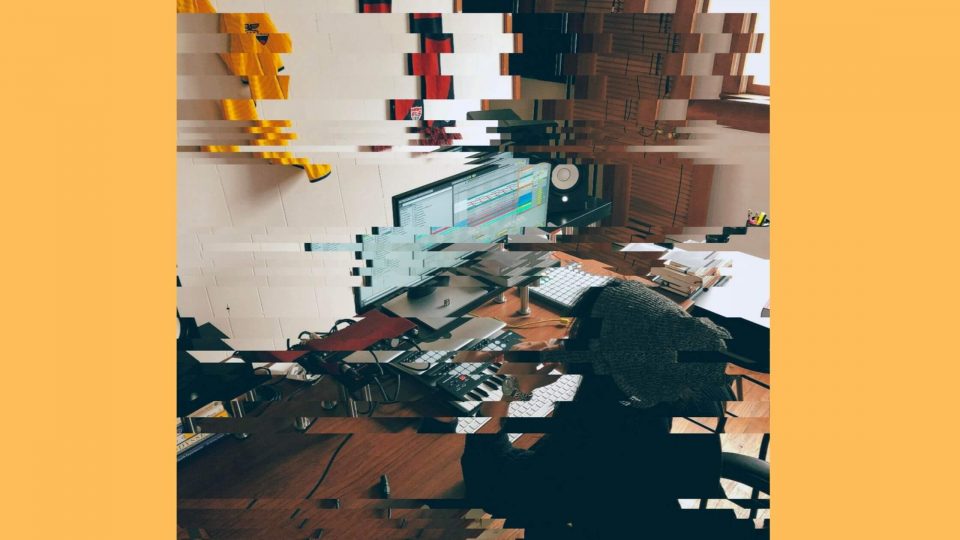Back to School Audio Tech List
What Do I Need to Produce Music?
Good question, friend.
We’re here to give you our favourite tools that will make learning music production as easy as possible. From computers, keyboards, and samples, we’re about to dive in and show you what you need to kick start your music career.
Apple MacBook Pro
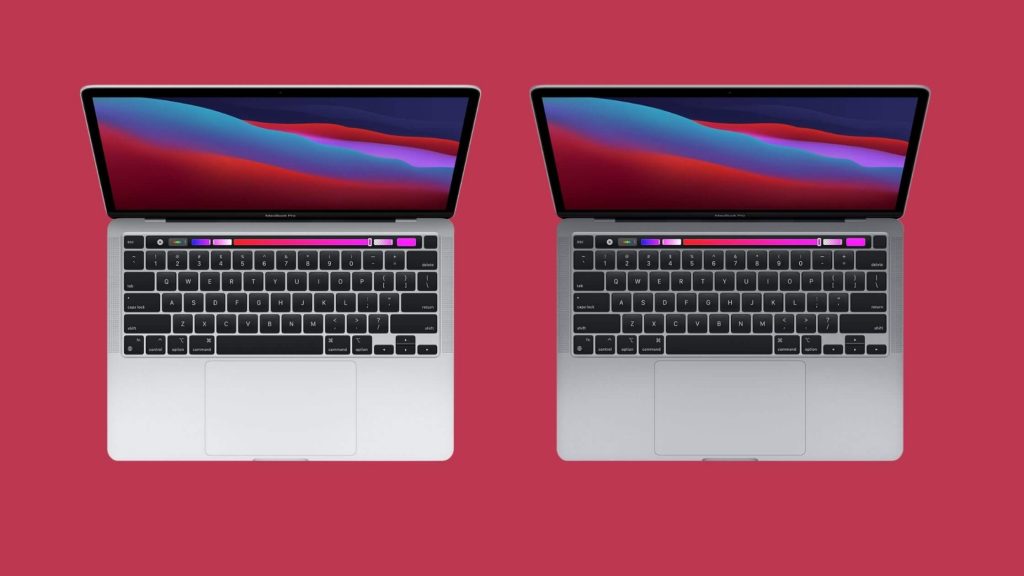
We’re jumping straight in with the one and only.
Apple’s new M1 chip performs far better than the competition on the street when it comes to making music.
Bragging to be 2.8X faster than the previous model, and up to 20 hours of battery life, it combines CPU, GPU and memory into one chip. Something you won’t see on a Windows PC.
The new MacBook Pro improves efficiency on power usage and brings a beautiful user experience. The connectivity between MacBooks and music hardware/software is unprecedented. Windows PCs and laptops will often bring issues that are more annoying than anything. Apple, however, design their computers with creativity and efficiency in mind.
Not the cheapest item on our list, but it’s certainly the best computer if you want to avoid issues in the long run.
Ableton Live
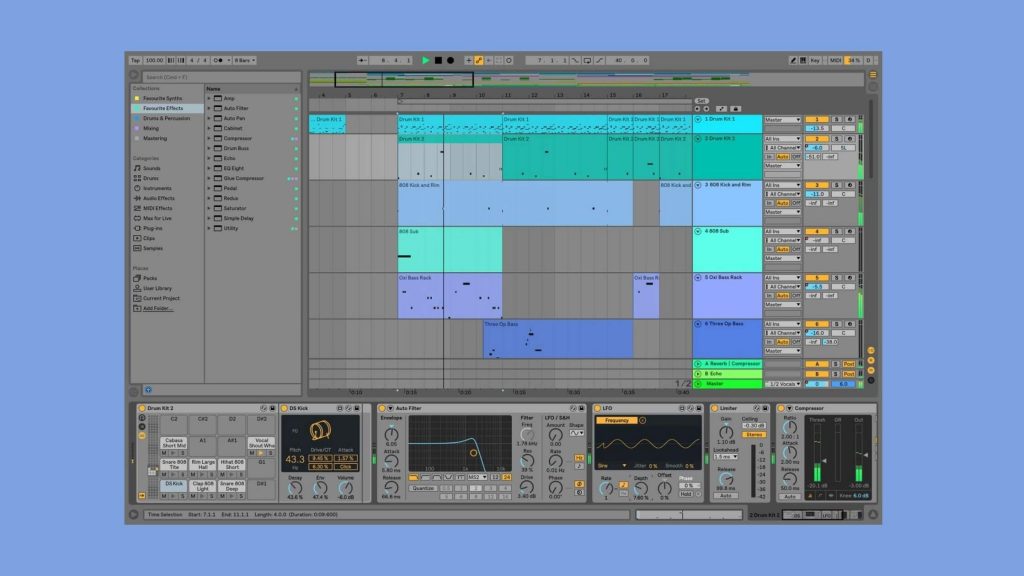
Next up, you need a DAW. The three main versions of Ableton Live are Intro, Standard and Suite.
At $99, Intro gives you 16 audio/MIDI tracks, as well as eight scenes and four simultaneous inputs for recording. But, of course, not forgetting the two sends and returns.
It has a 5GB instrument library that packs four virtual instruments, and also 21 FX plug-ins to mix your music.
At $449, Standard gives you unlimited tracks and 256 inputs, with 12 sends and returns, as well as audio warping, slicing and audio-to-MIDI capabilities. It has five instruments, 10GB of sounds, and 34 FX.
Suite, on the other hand, packs all of that and adds more fantastic sample packs. These include analogue synths and orchestral emulation for a total of 70GB worth of sounds, 15 instruments, and 55 audio effects… at a price point of $749.
Focusrite Scarlett 2i2

It’s now time to channel your audio out of your MacBook.
The Scarlett is the best audio interface for beginners.
With 2 preamps and 2 zero-latency XLR/line inputs, the Scarlett 2i2 is perfect for your bedroom studio. No matter which microphone or polar pattern, the 2i2 is perfect for your music creation needs.
Setting up and installing its software is a simple step-by-step process. If you have a custom file path, you must select what folders you want the program files to save in. If you stick to the default file path, click ‘Next’ until ‘Finish’ makes an appearance! And wallah, the software sets itself up.
With a frequency response of 20Hz-20KHz, plus or minus 0.1dB, you will hear a beautiful reproduction of your recording. That’s not even mentioning the THD+N of less than 0.0012%, you’re not going to hear anything other than what you output through the interface.
Yamaha HPH MT8
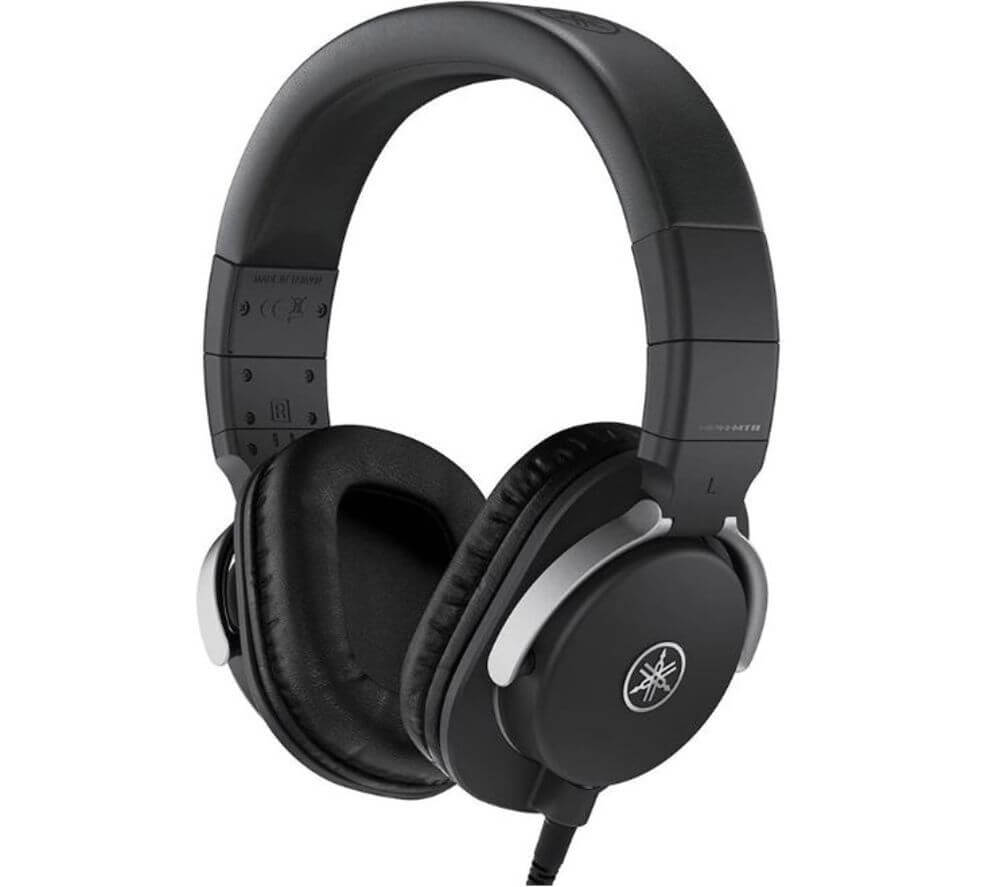
Of course, you need something to actually listen to your music.
The Yamaha HPH MT8‘s bring a strong frequency response of 15Hz – 28kHz and feature custom drivers that come with 45mm CCAW voice coils. These dissipate heat quickly and allows you to have longer sessions with your headphones – perfect for the studio.
Also armed with neutral signal reproduction, you can be confident that what you’re hearing is what you’ve made.
Perfect for professional monitoring!
Connect your audio sources via 1/4” or 1/8” inputs.
AKAI MPK Mini 3
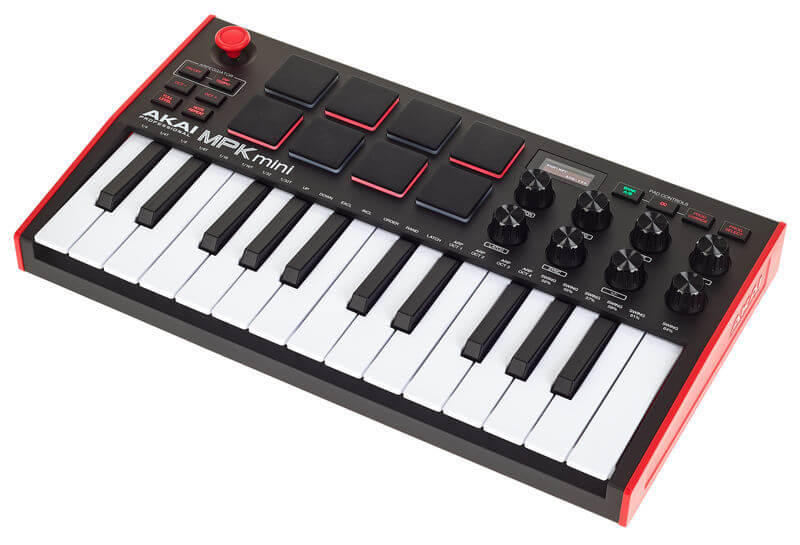
Tired of drawing MIDI notes via your mouse? Here’s the ultimate music gadget.
Looking very similar to its predecessor with 25 mini keys, eight pads, eight knobs, and pitch bend modulation that’s controlled via a joystick, the MK3 does have some differences.
Akai’s Dynamic Gen 2 key bed is more responsive and quiet than the last models, and the knobs are now a continuous rotary design that includes absolute and relative options.
Using the same super tactile design found in the MPC series hardware but without the RBG colour functions, the pads on the bad boy are something else. The velocity response is accurate when laying down beats, as well as great pressure performance when playing sustained sounds.
One very new addition is the OLED display.
This small screen offers real-time information on the controller data, as well as MIDI channels, arpeggiator settings so much more.
Mackie CR3-X 3” Multimedia Monitor Speakers
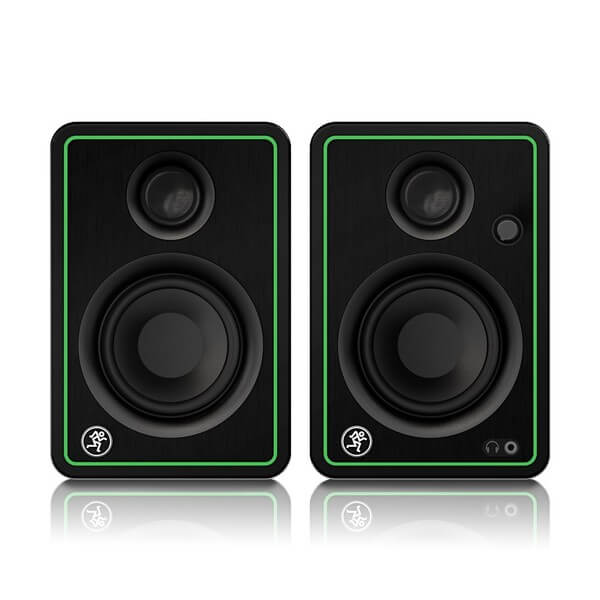
Just for fun, if your headphones aren’t enough, the Mackie CR3 monitors are a must have for your studio. With a frequency response of 80Hz to 20kHz, you shouldn’t think twice before adding these to your studio.
As usual, Mackie have delivered exceptional sound quality and a unique design. They bring a neutral, balanced, sound that reproduces each detail of your music as you make it wish it to be. Highly accurate and highly detailed. That is how we do!
Featuring a 3” woofer with a 0.75” silk dome tweeter to add to the bag, the CR3 speakers have a maximum power output of 50 watts. Perfect to annoy your neighbours.
Connect your audio sources via 1/4”, 1/8”, or RCA inputs.
Vital VST
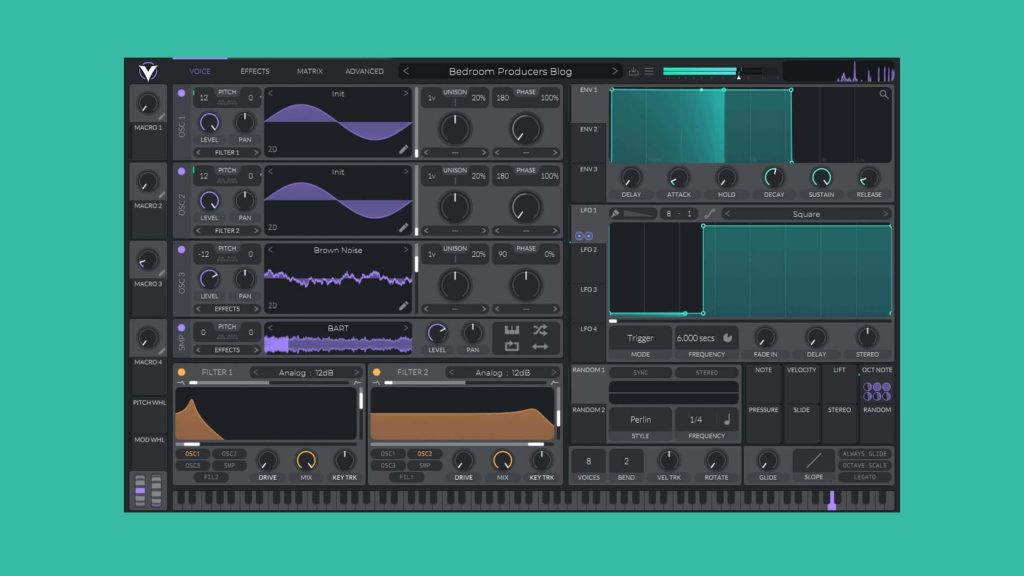
If you don’t want to be limited to the Ableton stock plugins and VSTs…
Vital VST is the new kid on the block.
Taking the softsynth market by storm with 25 wavetables and 75 presets on the free version, but more than 150 wavetables, 400 presets and a unique text-to-wavetable feature on the pro version.
The spectral oscillator warping allows you to manipulate the harmonics of a wavetable to create new tones that are unique to you.
With three wavetable oscillators that pack their own wavetable editors, unison modes, waveshapers, and phase adjustment, Vital is not to be slept on.
The wavetable editors allow you to draw new custom wavetables by using a grid with adjustable resolution. By right-clicking the oscillator, you’ll see options to synthesise presets into new wavetables or access the text-to-speech function. The possibilities are endless.
We’ve not even covered half of the features here. If you’d like to know more about synthesizers in general, check out our Define Synthesis series.
Mixxed Subscription

Last, but certainly not least, comes a Mixxed subscription.
A Mixxed subscription gives you access to thousands of samples – including loops, one-shots, and kits – for less than $3 a month!
If you’re looking to bring some strong character to your music, we have the samples for you. If you’re looking for 808’s, melodies, hats – we’ve got you.
Now Your Bedroom Studio is Ready
You’ve got the gear.
So, maybe you’re now looking for helpful content to educate you about music production.
Check out these YouTube channels, and these podcasts.
If you’re curious about making some epic basses, here’s how to use sine bass compression and how to make a reese bass.
If you wanted to go a step further, why not check out our Define Synthesis series below!
